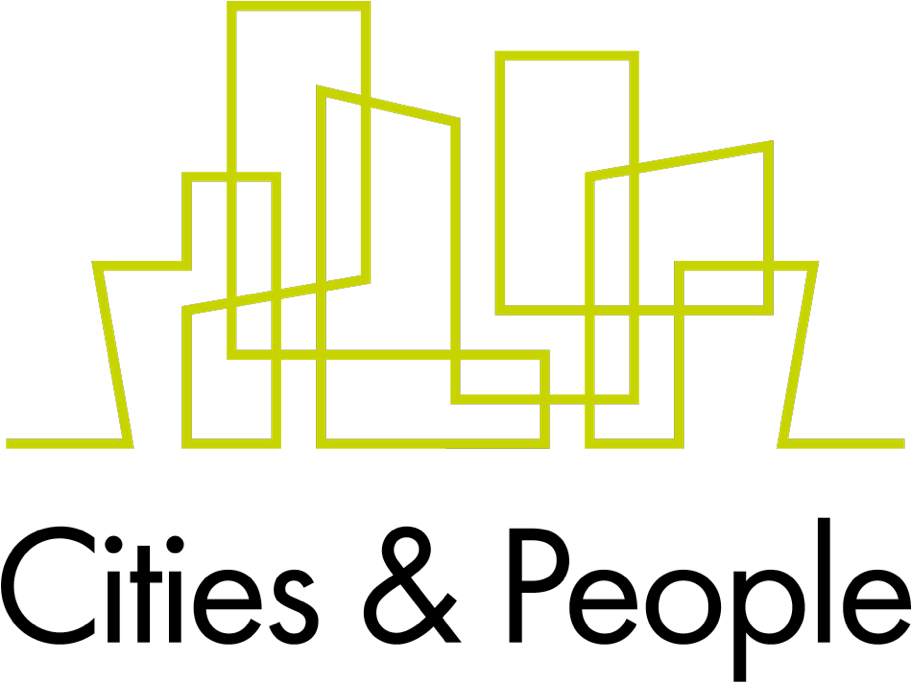Community Agreements Tool
Facilitators use community agreements exercises to establish rules about how a group will talk and listen to one another. Community agreements are a great idea, but our typical approaches don't allow us to leverage their full potential for transforming people and systems. Here's the tool we use to get participants thinking deeply about what it means to work supportively together within institutionalized systems of oppression.
Community Theory of Change
A collaboratively developed theory of change can support not only your program and organizational goals, but can also demonstrate how your work shapes equity and racial justice in your community by driving a virtuous cycle. Here's an example Theory of Change we developed for a college success collaborative.
Strategic Community Coalitions
As we grow the number of advocacy organizations in communities, we risk misusing our energy by duplicating one another's work and leaving important gaps for civic engagement organizing and training left open. We rely on this basic deck to work with coalitions who want to make sure they are covering the complete trajectory to build political power in their communities.
Supporting Commissions Candidates
Can public boards and commissions service support positive outcomes for future elected leaders from under-represented communities? Here's the base deck we use when speaking on that topic through webinars and conference presentations.
Creating a Theory of Change
We love working with clients to sharpen their movement and program approaches through theory of change (TOC) development. Here's an example of a TOC workshop we facilitated for Students Rising Above.
Strategies for Community Leadership Pathways
The entry point for training under-represented leaders from low-income communities and communities of color is getting clear on the strategies and theories associated in such service. We often build from this base deck when we serve as speakers at community organization's training programs.
Program Design and Travel Equity Tool
As program developers, when we make decisions that include participant travel in our meeting and conference designs, we usually have the project budget in mind. Yet there are equity consequences to those decisions. This tool is designed to help us make equitable decisions for individuals, organizations, and our planet when we are designing nonprofit programs that could include travel components for participants.
Community Power-Building InfoGraphic
Whether we are working at the organizational, neighborhood, or city level, Cities & People Advisors maintains a focus on power-building for low-income people, people of color, immigrants, indigenous people, and others not authentically represented in public decision making. Our core value is simple: When community members are resourced to continuously support one another for increasing and exercising our civic engagement capacities, we likewise increase our chances for community self-determination.This infographic represents a pathway of activities that contribute to an empowered community.
Oppression Logic InfoGraphic
At Cities & People Advisors, we prioritize the concept of interlocking oppressions to ensure that we bring both systems thinking and root-cause analysis to all of our work, acknowledging our debt to the members of the Combahee River Collective (1977) and other Black feminists who have done much work in this theoretical arena. We use the term "oppression logic" as short-hand for the ways in which oppressive systems structure our society so that inequity can be seen as normal, organic, or rational. This infographic is useful as a starting point in those discussions with others, and you'll often find it in our reports and presentations.
Investing in Water Leaders
One of the least inclusive public sector spaces in California is the water space. In 2021, we conducted in-depth interviews with elected and appointed officials, agency staff, technical advisors, and community organization strategists working on water in California. We found a number of opportunities for philanthropists and community organizations to support transformational leadership leading to water equity. You'll find a quick overview of our recommendations here, and a longer take in our blog.











